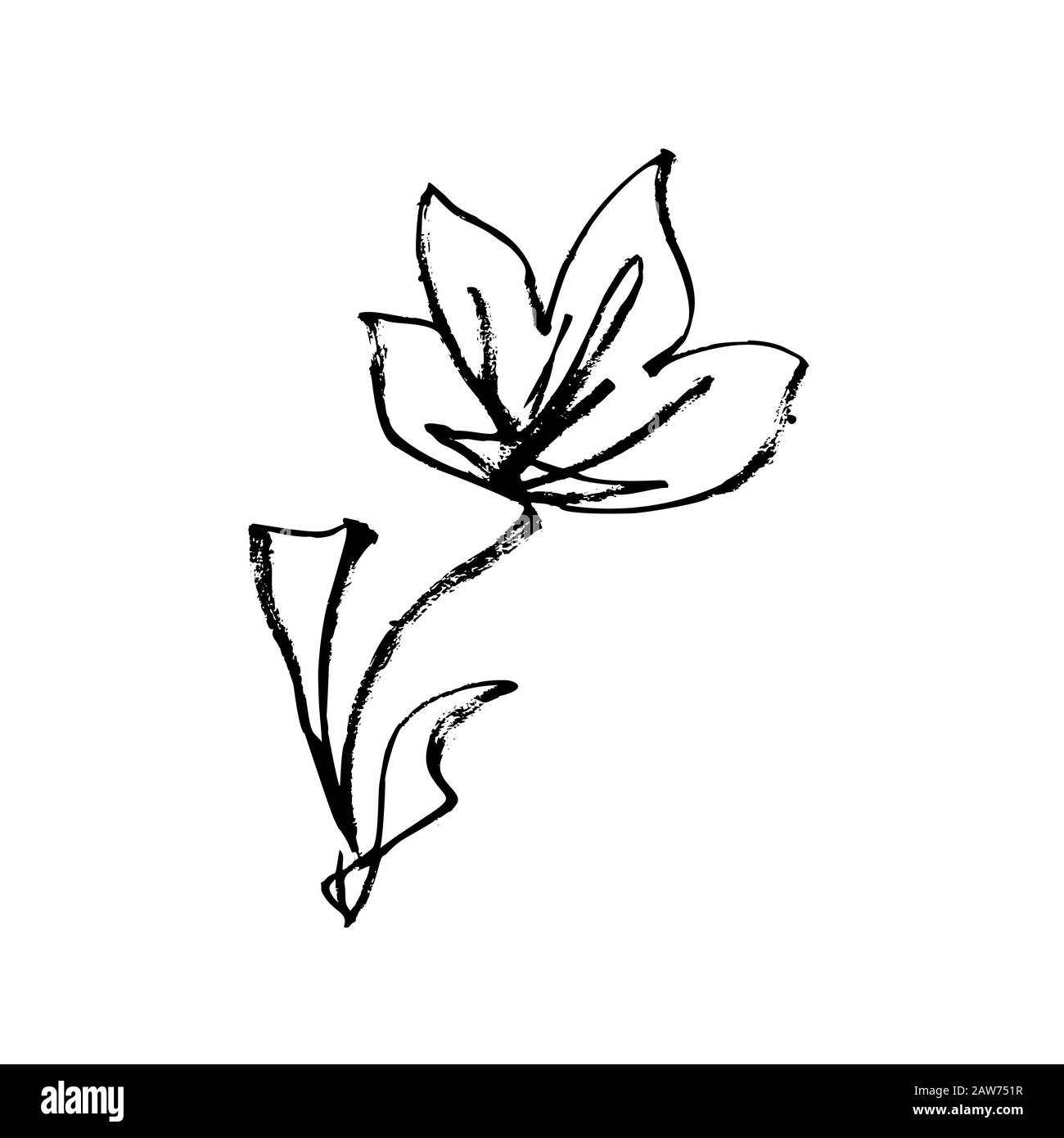Table Of Content
Leaning compositions are typical of nageire, and this is subdivided into three categories—Upright (Chokutai), Slanting (Shatai), and Cascading (Suitai). Rikka, which translates to “standing flowers,” is a style that developed in the 15th century during the Muromachi period. It’s said that rikka is really what established ikebana as we now know it.
Essential Floral Design Tools
There are various styles of Ikebana, including the Rikka, Shoka, and Moribana styles, each with its unique rules and characteristics. Rikka is a formal and traditional style, Shoka is a simplified and modern style, and Moribana is a freestyle that allows for greater creativity. The basic principles of Ikebana are simplicity, asymmetry, and the use of empty space to create harmony and balance between the floral elements and the surroundings. While these designs can cost a bit more than traditional arrangements due to the high level of attention to detail that is required to design and construct them, they are not always the most expensive choice. Professional ikebanists study for years to become masters in ikebana. However, ikebana is a practice, which means you can start practicing at any level and create ikebana-inspired designs even without years and years of training.
V. How to Get Started with Ikebana
In the West, they symbolize love, fertility, creativity, and the release of burdens. The flowers and branches used in Moribana arrangements are chosen not only for their beauty, but also for how they interact with one another and with the style of Moribana as a whole. Upright arrangements often use stiff, straight branches for shin, while the slanting style is softer and projects a sense of movement by utilizing grasses and branches that grow slanting down. When choosing flowers and branches for your arrangement, it is important to keep in mind that there are endless possibilities to choose from.
Ikebana FAQs:
For instance, Evergreen pine symbolizes eternity—as such, it is often used around the New Year. And on March 3, blossoming peach branches are used in conjunction with the Girls’ Festival. In terms of symbolic meaning regardless of the season, bamboo symbolizes youthful flexibility while blossoming apricot branches demonstrate old age. Though ikebana declined in popularity after the 17th century, there are still more than 1,000 ikebana schools today including Ikenobō. Based at the Rokkaku-dō temple in Kyoto, this largest and oldest ikebana school was founded by a monk in the 15th century. As a tip, you can and should use wire in leaves or find those flexible branches so that you can bend and shape them for your arrangement.
The Chrysanthemum: Japan's Fall Flower and Imperial Symbol - Nippon.com
The Chrysanthemum: Japan's Fall Flower and Imperial Symbol.
Posted: Mon, 24 Oct 2022 07:00:00 GMT [source]
American-born, Keane lived in Japan for 20 years and goes back regularly to visit family with his Japanese wife. He now lives in upstate New York and designs Japanese gardens around the US. Anyone who practices ikebana today knows well that building relationships is at the core of the practice—relationships between materials, between students, and between teachers and their pupils.
Some branches such as maple or flowering plum cannot be sharply bent and will simply break in two. To make a sharp bend with these materials, use scissors to make a cut that is one-half the diameter of the branch, and gently open the break so that the upper bark overlaps. The early Buddhist floral decorations were intended to symbolize the idealized beauty of paradise, and as a result they were generally both ornate and sumptuous. The same attributes were preserved in Rikka – the first Ikebana style – which aimed not so much at revealing the beauty of flowers as at using flowers to embody an elevated concept of the cosmos. Japanese flower arranging, or Ikebana, has come a long way from its humble roots as temple offerings centuries ago. Today it is a popular and innovative living art, unique to Japan, that is cherished by both experts and novices.
In essence, Ikebana is a journey, a dance between humans and nature. It’s about creating harmony, respect, purity, and tranquillity, not just in the arrangement, but within the self. It’s a practice of mindfulness, of seeing the beauty in every moment and every flower, and of expressing these feelings through the art of flower arranging. These lovely elegant arrangements genuinely make the most of minimalist design principles to achieve a powerful visual and emotional impact, generating the beauty of a thousand flowers with just a single bloom. Ikebana arrangements are a perfect gift for a variety of occasions and celebrations.

Invasive Plants Are Still Being Sold: Preventing Noxious Weeds in Your Landscape
Japenese Flower Artist Makoto Azuma - Iconic Life
Japenese Flower Artist Makoto Azuma.
Posted: Wed, 19 May 2021 07:00:00 GMT [source]
If you choose a traditionally shallow container, the frog (foam that holds your stems) and pins will be visible as well as the water giving life to your flowers. The vases of monbana type are wide and shallow and can be used in the two other styles to create a multidirectional flower arrangement, by using for example, crooked branches of willow. Lastly, yubana is a modern vase that can be created from any container that was not initially designed to hold flowers. In hanakotoba, wisteria flowers symbolize immortality, a long life, and nobility. Additionally, these pendulous flowers create a romantic environment everywhere they grow, so they are also a common symbol of romance – especially in cultures where the plants grow naturally. For example, in Korea, wisterias represent devotion that continues beyond death.
What plants work best in Japanese garden ideas?
It’s important to understand that materials can be manipulated in order to highlight their innate beauty. Blossoms can be taken off and reattached in a location that’s more aesthetically pleasing or trimmed to highlight the flowers that remain. Both dried and live matter is used, and are often trimmed or painted as needed. Followers and practitioners of ikebana, also referred to as kadō, are known as kadōka (華道家). This form has a fixed rule or model known as "heaven, human, and earth".[5] Is it known as Seika (生花).In the Mishō-ryū school, the form is called Kakubana (格花).
By the 1930s and 1940s, however, more and more ikebana schools were opening which made classes and the art form more accessible to people from all classes, countries, and cultures. This ikebana expansion led to the development of countless new schools and styles. Shinto, often regarded as a nature-based religion, features practices and traditions that revolve around honoring and celebrating nature, land, seasons, and people’s connection to these things. In Shinto practices, shrines containing various natural elements, such as seasonal flower arrangements, were (and still are) often constructed to honor a kami (divine spirit). In the 14th century, religious art depicted the first attempts of actual scenery through floral arrangements with various elements used as foreground, middle, and background elements.
Feature stones and rocks are arranged in groups of three, five or seven. Chosen for their individual shapes, markings and color they are placed within the flat graveled area to represent key landscape features such as waterfalls, trees, mountains and even animals. Moss and lichen are encouraged to grow on the surfaces and the occasional small evergreen tree or conifer are sometimes added on the garden’s fringes.
Look beyond the confines of your garden and design with its backdrop in mind, using planting to screen off less attractive features and using more pleasing ‘borrowed scenery' to enhance your design. Start by thinking about how people will experience your garden and design with that in mind. Imagine how they will get from one point to another and include a pathway that, when followed, will reveal and screen particular views as they travel through. Ideally, they look best beside water, where their reflections create a shimmering duplication and, more importantly, the roots can remain constantly damp. This is the secret to growing Japanese iris, and even a small garden pond could be enriched by a few of these irises planted around the edge. The classical Japanese garden is a landscape, artificially contrived, and redolent of symbolism.
Also known as kadō, ikebana is the traditional Japanese art of floral design. To prepare a basic Moribana arrangement, for example, the ikabanaist adds water to a shallow container, then places a kenzan—a small, pin-covered object that keeps flowers in place—within it. Then, the maker selects two branches, one for shin and one for soe, and a flower, for hikae. Next, each stem is measured and cut to precise lengths (which are specified in the Moribana beginner’s manual) and fixed, one at a time, on the kenzan, at different angles. To complete the arrangement, supplementary jushi stems are added to hide the kenzan and fill out the arrangement. These principles can be repeated over and over, shifting the placement and angles to achieve different shapes and effects.
Initially, flowers were simply placed in vases and on altars as offerings. Kadō, the way of flowers, however, continued to develop and become more complex alongside incense appreciation (kōdō) and tea ceremonies (chadō). SOURCEBOOK FOR CONSIDERED LIVINGThe definitive guide to stylish outdoor spaces, with garden tours, hardscape help, plant primers, and daily design news. Note that these gardens aren’t meant for strolling—they’re considered viewing gardens, and usually placed in a spot where people in a nearby room or veranda can gaze out at it as if it’s a sculpture or painting. To make your own natural garden path, look on riversides, in the forest, or by the ocean for stones with the right kind of shape. Ikebana can be practiced by both amateurs and professionals, both of whom are able to achieve elegant results.
The Kokon Rikka-shu (古今立花集) was the oldest published work on rikka in Kanbun 12 (1672). The Kokon Rikka-taizen (古今立花大全), published in Tenna 3 (1683), was the most famous rikka manual. It has served as a bridge between Japan and the world, allowing people to engage with and appreciate Japanese culture and values. Ikebana societies and clubs have been established in various countries, enabling enthusiasts to learn, practice, and promote this art form. Venturing into the world of Ikebana can be a profoundly rewarding experience. But don’t worry, getting started with Ikebana doesn’t require you to be an expert.








